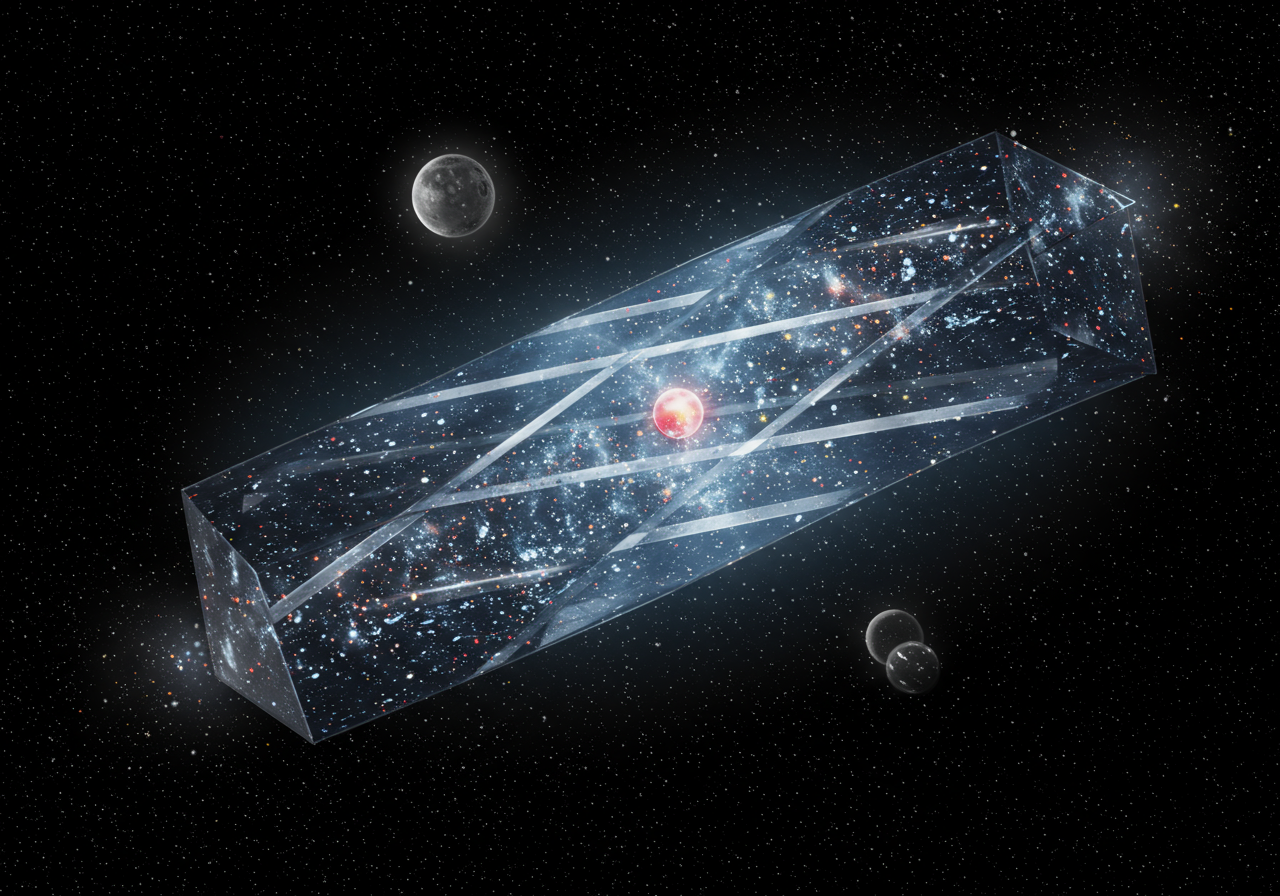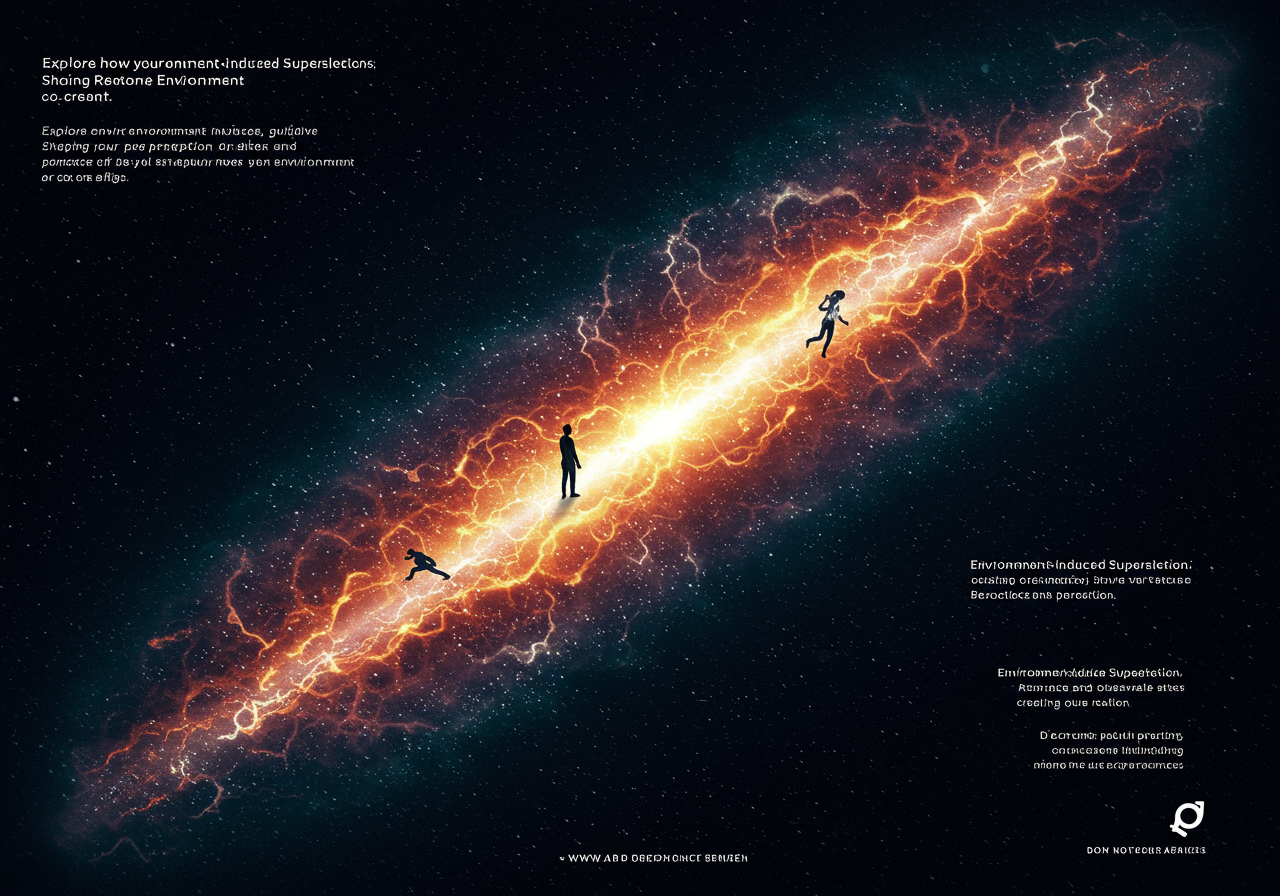The idea that what we often consider “empty space” isn’t really empty at all can be quite mind-boggling. It’s like discovering a hidden world within the world we think we know. Picture two metal plates placed extremely close to each other. Even in the absence of any visible force, these plates tend to move together, pulled by something invisible yet very real—the Casimir Effect. This phenomenon illustrates that the vacuum of space, far from being a void, is filled with fluctuations of energy and virtual particles spontaneously appearing and disappearing. It’s an ever-bustling environment, offering a vivid reminder that the universe operates on principles that can’t be fully seen with the naked eye.
Our traditional perception of “nothingness” as an absolute void is challenged by this notion. The concept that the vacuum could produce energy pressure capable of influencing physical objects raises deeper questions about the nature of existence itself. Could there be hidden dimensions or forces at play, influencing the universe in ways we haven’t yet fully understood?
This isn’t just a theoretical curiosity; the implications are vast. For scientists and engineers, understanding and harnessing these forces could pave the way for advancements in nanotechnology. Imagine creating tiny robots or devices that utilize quantum effects for efficiency or new forms of computation. Researchers exploring the Casimir Effect are venturing into realms that could, one day, revolutionize not only how we see the universe but also how we interact with it on a technological level.
And here’s a lighter thought: when we find ourselves pressed together in crowded spaces, perhaps there’s a cosmic joke at play—space itself is nudging us closer, part of an intricate cosmic dance. It invites us to see the universe as a place not only of the identified and measurable but also the mysterious and awe-inspiring.
In essence, the Casimir Effect opens a door to understanding the universe’s unseen layers. It invites everyone, not just scientists, to ponder the depth of reality and the unexpected places where science and philosophy intersect. As we explore the undiscovered, we learn to appreciate the endless possibilities that science and imagination together unlock.




